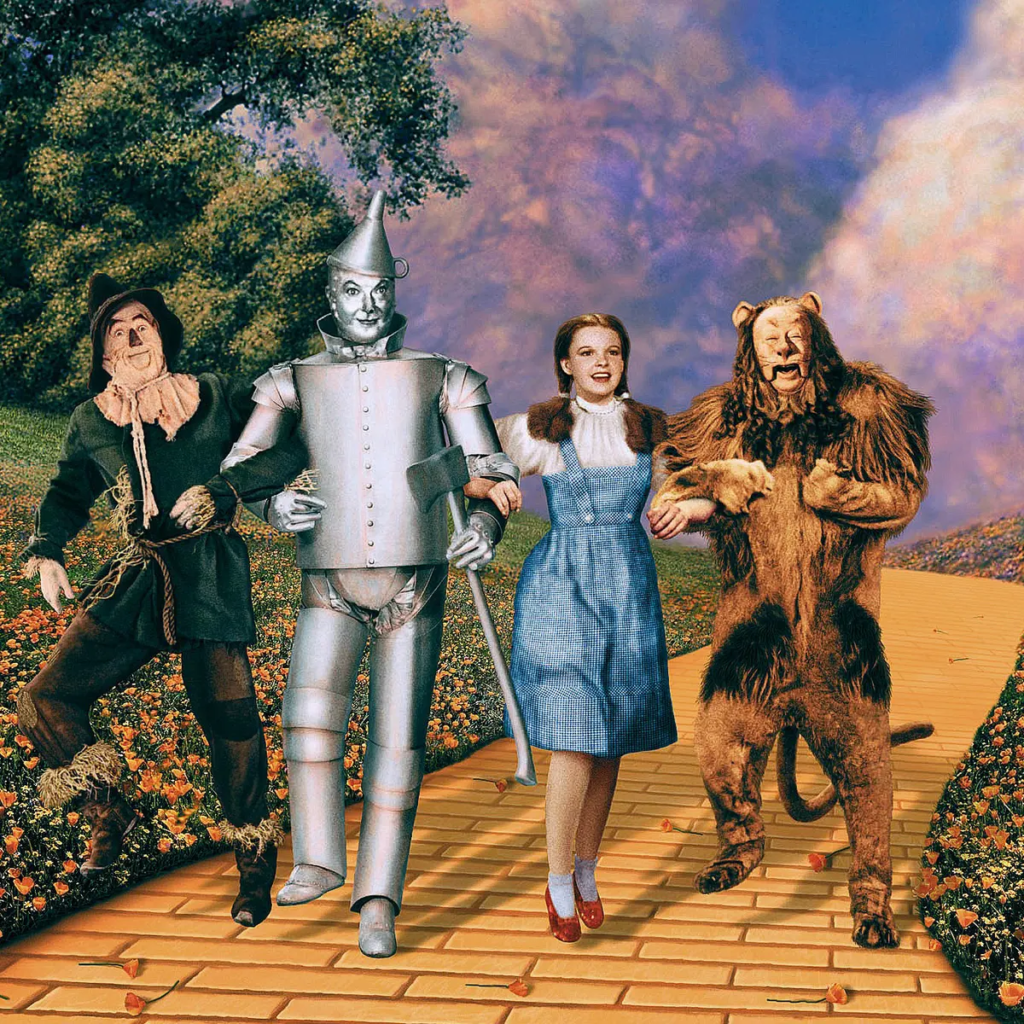Explain how the production context of Citizen Kane influenced the "look and feel" of the end production:

Citizen Kane was released on September 5, 1941. At this time, America was still healing from the consequences of The Great Depression, which began in 1933. At this time, 70% of people went to the cinema weekly as it provided a way to escape from reality and be encaptivated by the films they watched.

There were many technological breakthroughs in the film industry during this time. Coloured film was invented, as well as sound in films. However, Citizen Kane was still filmed in black and white as the colour was costly when the film was released. However, I believe that having the film in black and white was even more significant as it helped dramatises the use of lighting and shadows; it was also considered a film noir which was the most popular genre, which is a black and white film.

Citizen Kane’s use of lighting consisted of chiaroscuro and shadows. These techniques visualise the feelings of a character without needing dialogue. It gave the viewers a way to see how they were feeling, making the audience feel close and personal to the actors.

Orson Welles and Gregg Toland also created cinematography and editing styles that had never been seen on screen. One example of this was the use of Worms and Birds Eye View shots. This was uncommon as, at the time, it had ceilings, so camera gear such as microphones and lights would have been seen in the shots. This emphasises how amazing this movie was to audiences and other filmmakers. These angles were used to dramatise the movie’s look and to show a character’s presence to an audience (low angle shows Kane’s confidence while high angles show the vulnerability of a character).

Additionally, Citizen Kane uses long single shots and continues to create a life-like realness to the movie enhancing the viewer’s experiences as there are no distractions or cuts from the dialogue.

Lastly, Citizen Kane was the first film to the “wipe” in editing. This is where one shot is wiped off the screen to reveal the new shot. This was a captivating way to ensure the attention of the viewers was on the screen.
Furthermore, Citizen Kane is famous for using low-angle shots; therefore, the sets required ceilings. This was uncommon at the time as most movies didn’t have ceilings because that’s where lights and microphones were situated, so the ceilings in the movie were constructed of cloth to allow microphones to still be placed overhead. Welles also made a hole in the floor of the set to place the camera. The use of low angles dramatically affects the look and feel, enhancing Kanes confidence, dominance/superiority and his overwhelming power (over characters).